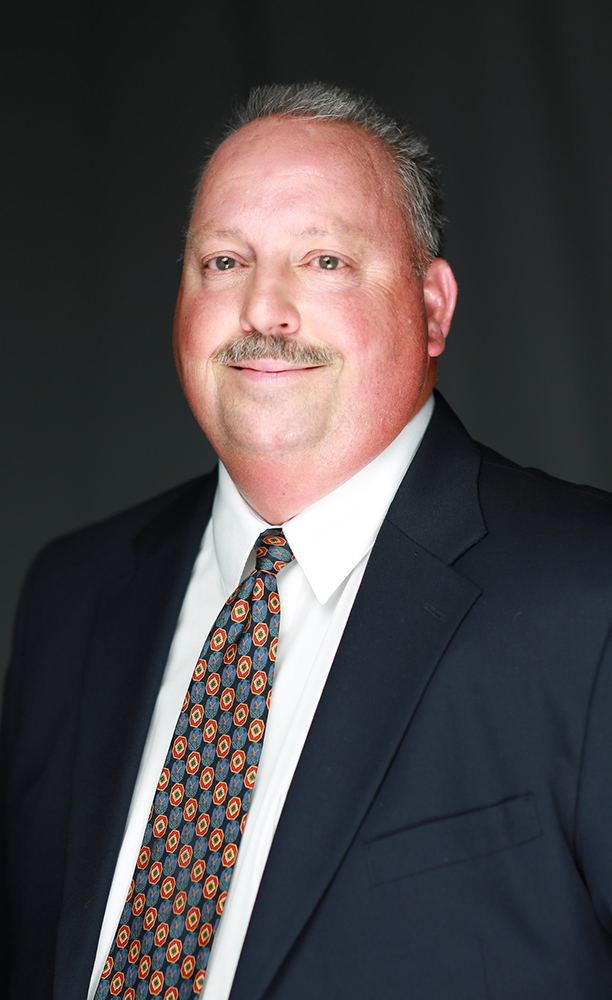HANCEVILLE, Ala. – Wallace State Community College’s Engineering Technology program now offers a Digital Fabrication Pathway, an innovative track designed to equip students with the latest skills in the rapidly evolving field of digital fabrication.
Digital fabrication is a design and production process that combines 3D modeling and computer-aided design (CAD) with both additive and subtractive manufacturing techniques. Additive manufacturing, commonly known as 3D printing, creates objects by adding material layer by layer, while subtractive manufacturing involves the removal of material through methods like machining, sanding and cutting. By meshing 2D drawings, vector drawings and 3D modeling, digital fabrication integrates different software programs and ensures they communicate effectively.
Todd Hardman, chair of the Engineering Technology Department, said the Digital Fabrication pathway highlights a versatile and expanding field.
“Digital fabrication offers a diverse range of opportunities. It can be used for anything such as modeling and making fishing lures to 3D printing houses. Over the last few years, 3D printing has primarily been a method of prototyping, as it hasn’t been the most cost-effective method for mass production. However, it is becoming more cost-efficient and feasible for production applications, such as 3D printing concrete tiny homes,” said Hardman. “The core of our program remains strong in designing and prototyping. While 3D printing for production is still developing, it is becoming more prevalent, and the technology is advancing.”
While engineering technology traditionally focuses on precision and replication, especially when using AutoCAD for blueprints and technical drawings, the Digital Fabrication Pathway introduces a dynamic element of creativity. This pathway allows students to explore innovative design possibilities while mastering technical skills.
“Within our program, everything is project based. Many of our projects exist in a digital world, but we also engage in hands-on 3D printing, modeling, building and fabricating,” Hardman explained. “We focus heavily on the different types of materials used, as the materials used in digital fabrication are crucial. As materials evolve, prototyping improves. For example, a prototype bicycle chain made of plastic might not last long, but with advanced materials and testing, it could become functional and durable. This is why our program includes courses focused on materials and methods, as well as material specifications,” Hardman said.
Michael Logan, an adjunct instructor in the program, highlighted the practical applications and career opportunities within the field of digital fabrication.
“The industry is growing, with applications such as 3D printing houses, metal parts and even prosthetics such as noses and ears,” said Logan. “Additionally, with this industry, you don’t have to be physically present where the industry is, as jobs in this field are not confined geographically. I’ve designed for companies in Australia, as they just need the files to run on their machines.”
Logan said the courses in the Digital Fabrication pathway provide students with a comprehensive education, showcasing the array of possibilities in the field.
“Traditionally, our programs focus on replicating drawings and parts. However, the Digital Fabrication combines AutoCAD with design and art, offering a more creative angle. The Manufacturing Projects course provides students with creative input. It’s not just about replicating drawings, as they get to innovate and create new designs, learning how the designs function in the real world,” said Logan. “The 3D Graphics and Animations course blends fabrication work with marketing by creating a digital mockup and showing how different parts and assemblies function in the real world, almost like a commercial.”
Logan emphasized the importance of different materials and finishes which is covered in two courses within the pathway.
“In the program, we put a big focus on the different types of materials used because when it comes to printing in metal, many people don’t realize that the metal is in powder form and bound together with resins,” said Logan.
The Digital Fabrication Pathway at Wallace State includes a comprehensive curriculum designed to teach students essential skills. Courses in the pathway cover a range of topics, including the properties and finishes of different materials, 3D design and animation principles, industrial drawing, sustainable design and the hands-on manufacturing of projects.
Specifically, the Digital Fabrication pathway consists of six additional courses beyond the traditional Engineering Technology Associate of Applied Science (AAS) degree. These courses are:
- Introduction to Materials and Finishes
- 3D Graphics and Animation
- Manufacturing Projects
- Industrial Energy Sources & Sustainability
- Industrial Drawing
- Material Properties
With only six courses (18 credit hours) beyond the traditional Engineering Technology AAS degree, students can earn dual AAS degrees, enhancing their skill set and employability in the competitive job market.
“For a student in the engineering technology field, it’s only six courses, or 18 credit hours, different from our basic Engineering Technology AAS degree. Students who have an interest in digital fabrication while in the Engineering Technology program can return for an additional semester or two to complete the six specific courses required to obtain an additional AAS degree in Digital Fabrication,” Hardman said.
For more information about the Digital Fabrication Pathway and how to apply, visit Wallace State Community College’s Engineering Technology program webpage, email Todd Hardman at todd.hardman@wallacestate.edu or call 256-352-8146.





















